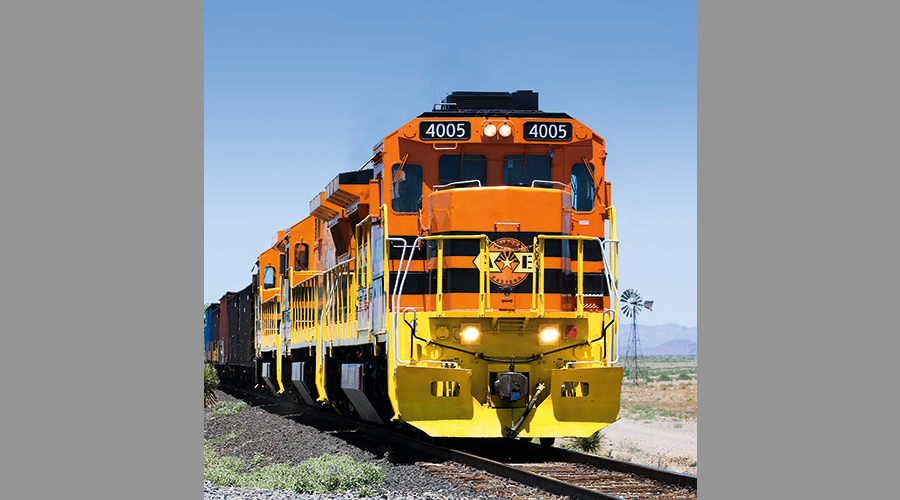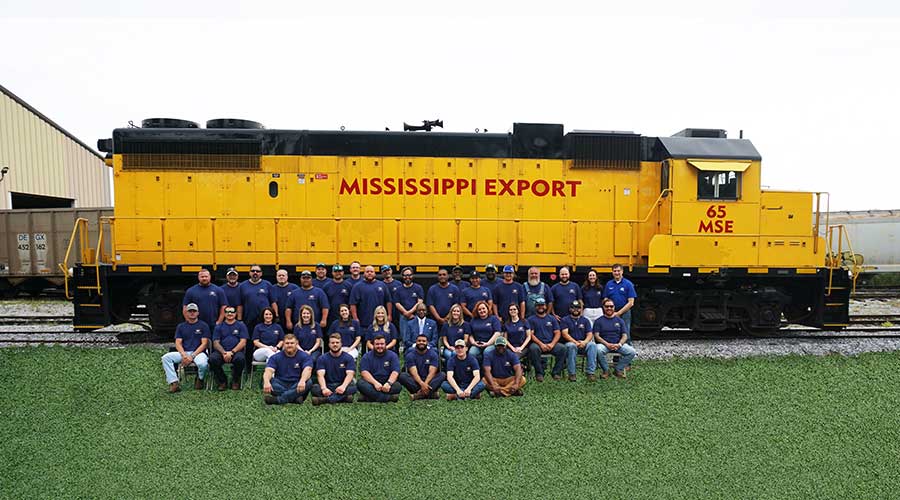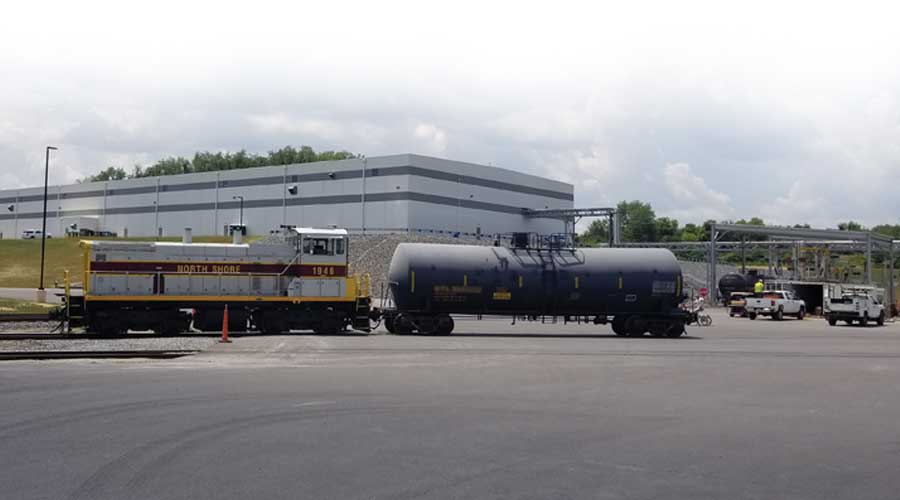Stay updated on news, articles and information for the rail industry
June 2010
Rail News: Short Lines & Regionals
Guest Comment: Section 45G tax credit is a prescription worth refilling — by George C. Betke Jr.
The Section 45G infrastructure tax credit has been strong medicine for Class II-III railroads and their shippers since first approved in 2005. It has allowed short lines to maximize private investment in long-lived physical assets, enhance transportation safety and efficiency, and provide jobs for railroad contractors and vendors. This proven health-care prescription for small carriers and rail-dependent shippers has desirable side effects cascading directly to domestic suppliers of ties, timbers, rail, ballast, fabricated steel, and associated construction machinery and equipment.
A proposed extension of the recently expired program gained bipartisan support of majorities in both chambers of Congress — 260 House members and 54 in the Senate (H.R. 1132 and S. 461). Despite this extraordinary endorsement, the legislation is stalled in debate over other elements in this latest "extenders' package" of miscellaneous tax provisions customarily grouped for expedited year-end handling. Without another dose soon, the small-railroad "patient" will suffer an unfortunate interruption in its rehabilitation, for the construction season when most infrastructure work takes place is already under way.
Shippers Support It, Too
A long list of disclaimers highlighting potential risks associated with ongoing use of Section 45G is unnecessary, since no affected party has registered a concern. The credit formulation is straightforwardly transparent — 50 percent of eligible maintenance and capital expenditures on track and structures, subject to an annual cap of $3,500 per track mile for each claimant. Available to every short line in every state, it doesn't sting of special-interest earmarks and isn't politically divisive. In medical terms, it acts as a palliative for public concerns about travel constraints and inadequate modal alternatives for freight and passengers. The unqualified success of Section 45G has prompted legislatures in Oklahoma and Kentucky to adopt similar self-help incentives at the state level.
Most important, the main beneficiaries of this small-railroad "health insurance," nearly 12,000 shippers, are wholeheartedly supportive. They want to preserve access to the national railroad network and see their short lines as key links in reducing transportation costs, fuel usage, air pollution, highway congestion and pavement damage.
Section 45G is far beyond the laboratory stage. Employment generates consumer spending constituting 70 percent of domestic economic activity, and much railroad work requires the manual labor comprising a large segment of the unemployed. The law also is good for what ails basic American industries supplying railroad construction materials — steel producers, timber harvesters, stone quarriers and machinery manufacturers.
The benefit of this program in attracting capital for a public-interest need has been instrumental in keeping hundreds of rural communities and employers connected to the main intercity rail corridors. More than 550 feeder railroads, from one to more than 900 miles in length, now operate about 50,000 miles — about one-third of the national network. Nearly all have backlogged projects awaiting funding as they strive to overcome physical obsolescence and remain viable "capillaries" to the "arteries" of rail commerce. Their diagnosis is unquestioned, and no second opinion is needed.
A Value-Added Tax Credit
Though Congress has appropriated $8 billion to seed development of selected intercity lanes for high-speed rail, the reality for freight shippers is that nearly all the existing rail infrastructure is operated at speeds no greater than 80 mph, and feeder lines with comparatively short hauls and local switching demands have no reason to exceed 25 mph to 40 mph. Since the cost to raise limits at the low end is minor in comparison with achieving higher sustainable speeds, the tax credit provides excellent value for the dollar.
Section 45G is consistent with principles set forth in the House Transportation & Infrastructure Committee's Surface Transportation Authorization Act of 2009, which contemplates a new national transportation policy to "expand mobility and access for people and goods."
Prompt passage still can enable meaningful improvements to be accomplished this year, and short-line shovels are poised and ready to break ground. The prognosis for a timely recovery rests with Congressional "doctors" in both the Finance, and Ways and Means committees. It's time to refill an effective medication that has passed all its clinical trials and deserves to be mainstreamed.
George C. Betke Jr. is CEO of Farmrail System Inc., an employee-owned holding company for two Class III railroads. He is a member of the American Short Line and Regional Railroad Association's executive and legislative policy committees.
Keywords
Browse articles on Section 45G infrastructure tax credit short line tax credit George Betke FarmrailContact Progressive Railroading editorial staff.


 2025 MOW Spending Report: Passenger-rail programs
2025 MOW Spending Report: Passenger-rail programs
 Gardner steps down as Amtrak CEO
Gardner steps down as Amtrak CEO
 Guest comment: Oliver Wyman’s David Hunt
Guest comment: Oliver Wyman’s David Hunt
 Women of Influence in Rail eBook
Women of Influence in Rail eBook
 railPrime
railPrime







